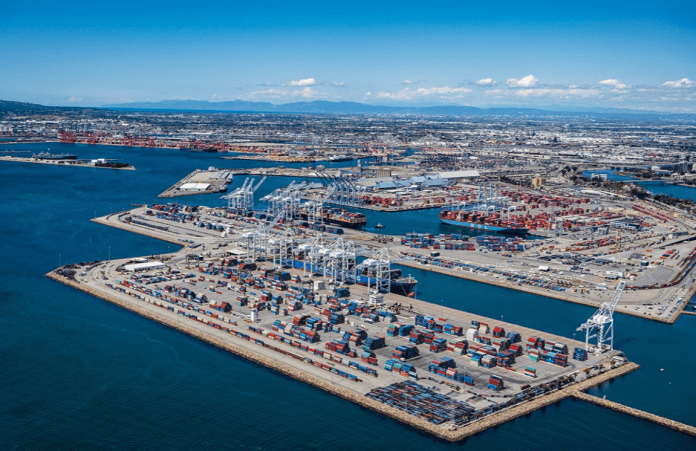Limited capacity at marine terminals hampered imports at the Port of Long Beach (POLB) last month, although volumes were still strong enough to mark the port’s second-busiest October amid an ongoing transition to extended operating hours.
POLB moved 789,716 TEU, down 2.1% from the port’s strongest October on record, achieved in 2020. Imports decreased 4.3% to 385,000 TEU, while exports increased 6.6% to 122,214 TEU, while empty containers moved through the port declined 2.4% to 282,502 TEU.
“Every sector of the supply chain has reached capacity and it is time for all of us to step up and get these goods delivered,” said Port of Long Beach Executive Director Mario Cordero. “In Long Beach, we are trying to add capacity by searching for vacant land to store containers, expanding the hours of operation at terminals, and implementing a fee that will incentivize ocean carriers to pull their containers out of the Port as soon as possible.”
The Port of Long Beach enacted a congestion dwell fee on 1 November, charging ocean carriers for cargo containers that remain too long on the docks. The program is aimed at speeding the flow of cargo containers moving through the San Pedro Bay ports complex and reducing a record number of vessels waiting off the Southern California coast.
Additionally, the port continues to work with marine terminals and other supply chain partners to expand hours as part of a framework for 24/7 operations.
Meanwhile, the Port of Long Beach has moved 7,884,565 TEU during the first 10 months of 2021, up 21% from the same period in 2020. The port is on pace to move more than 9 million TEU by the end of this year, surpassing the current record of 8.1 million TEU achieved in 2020.







